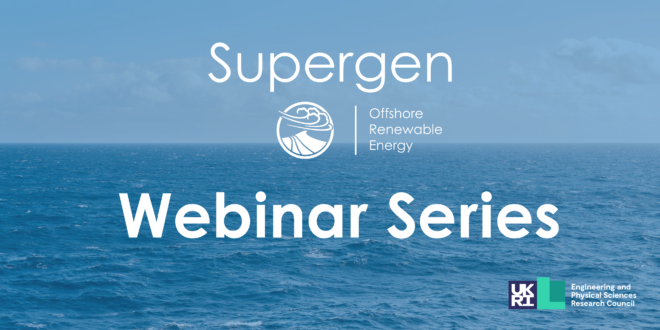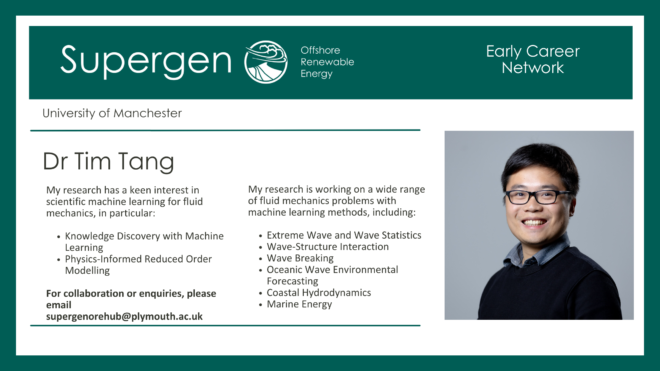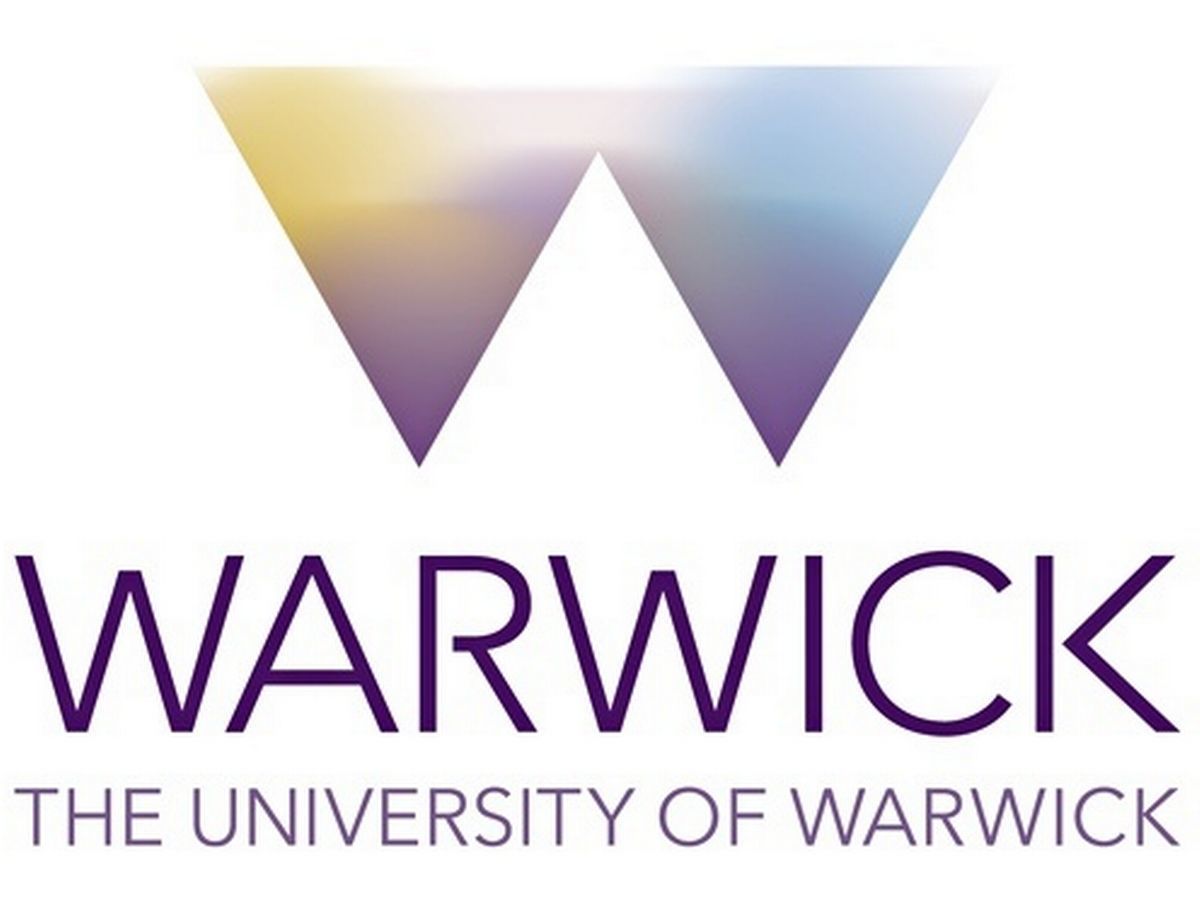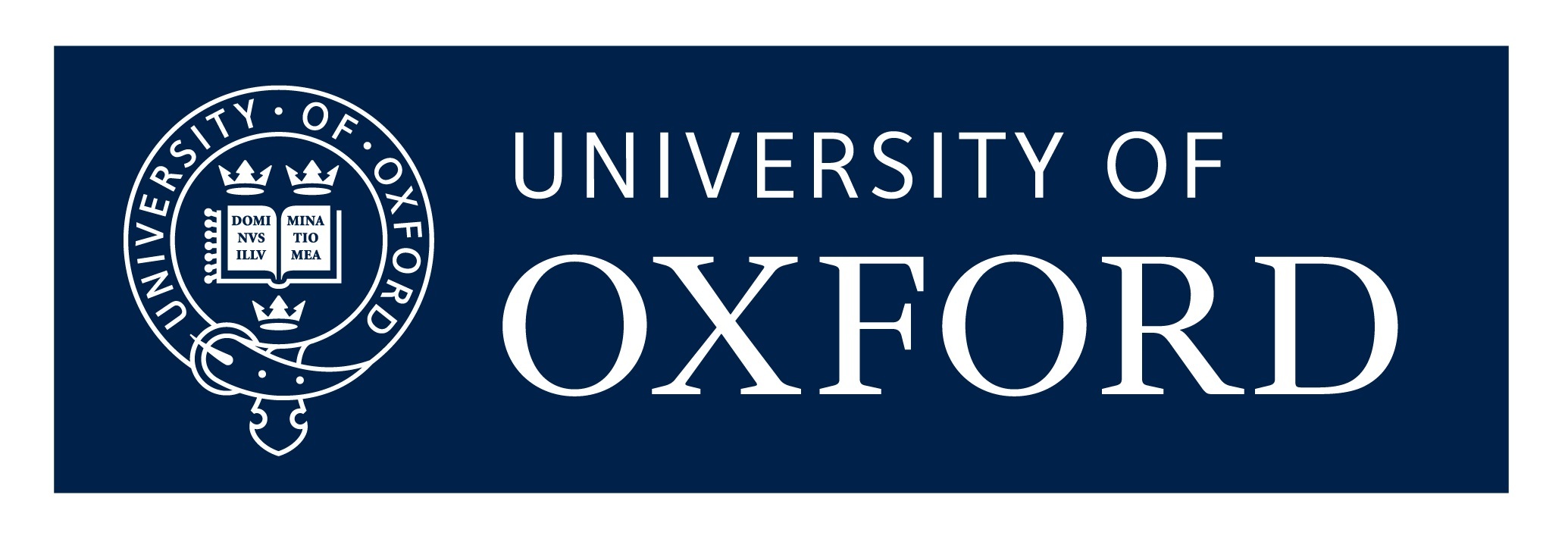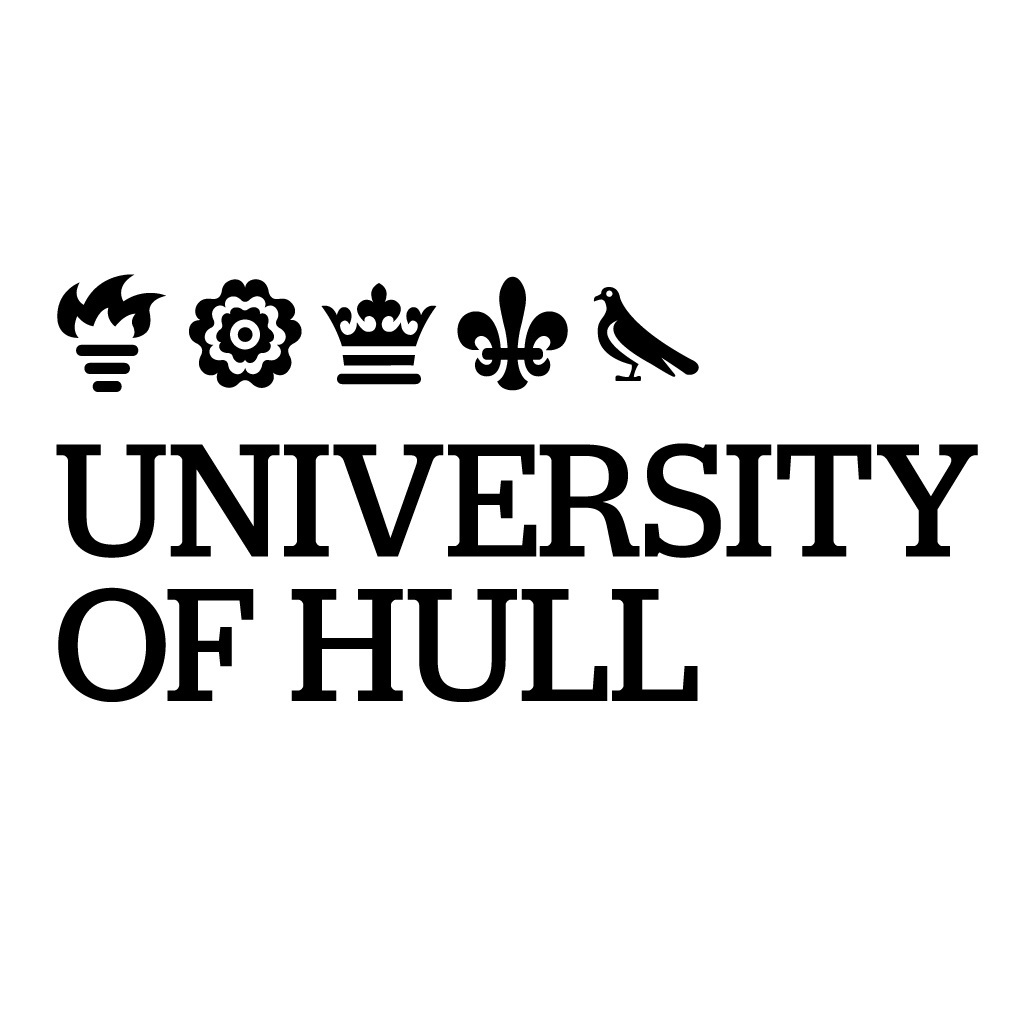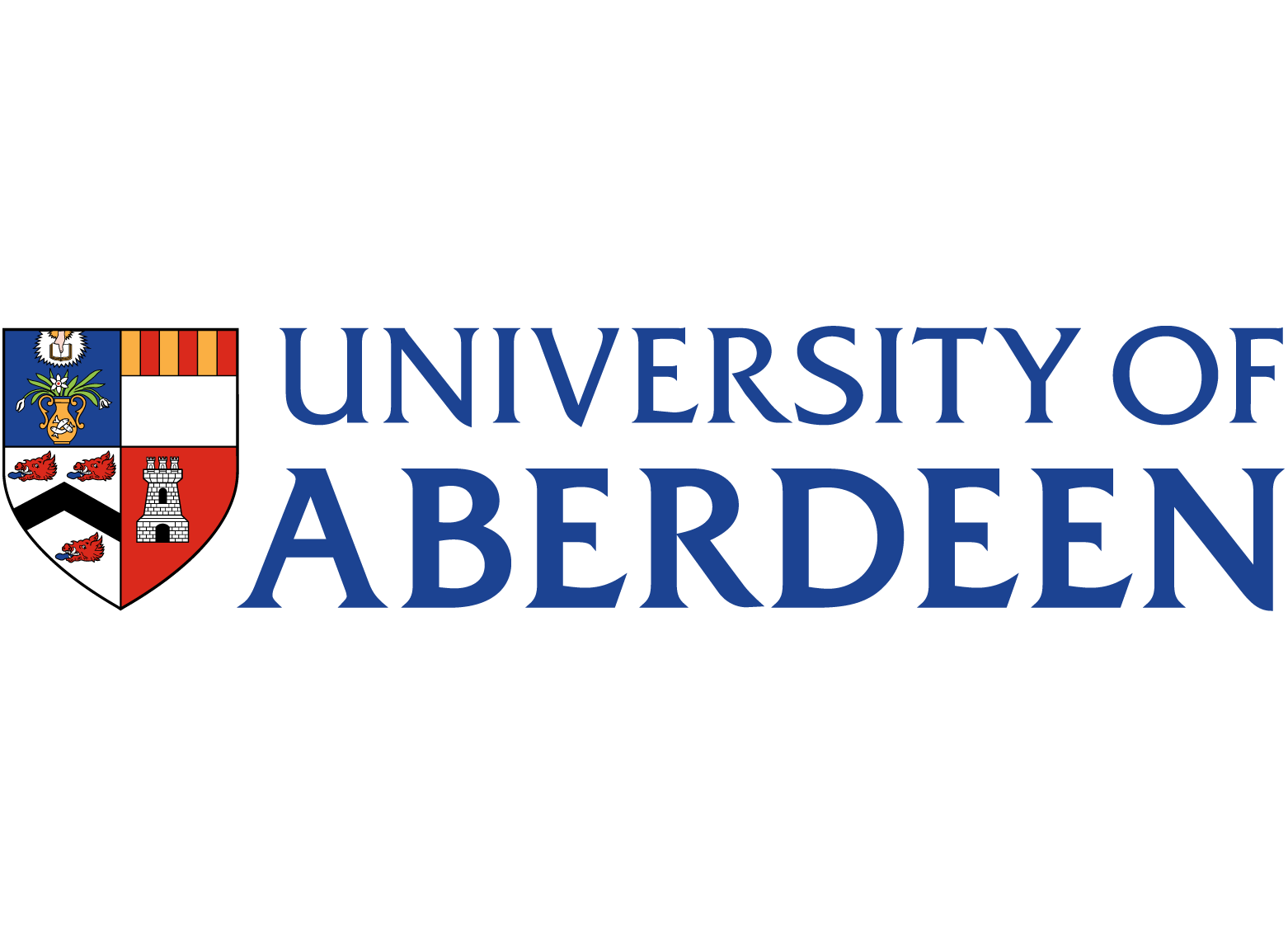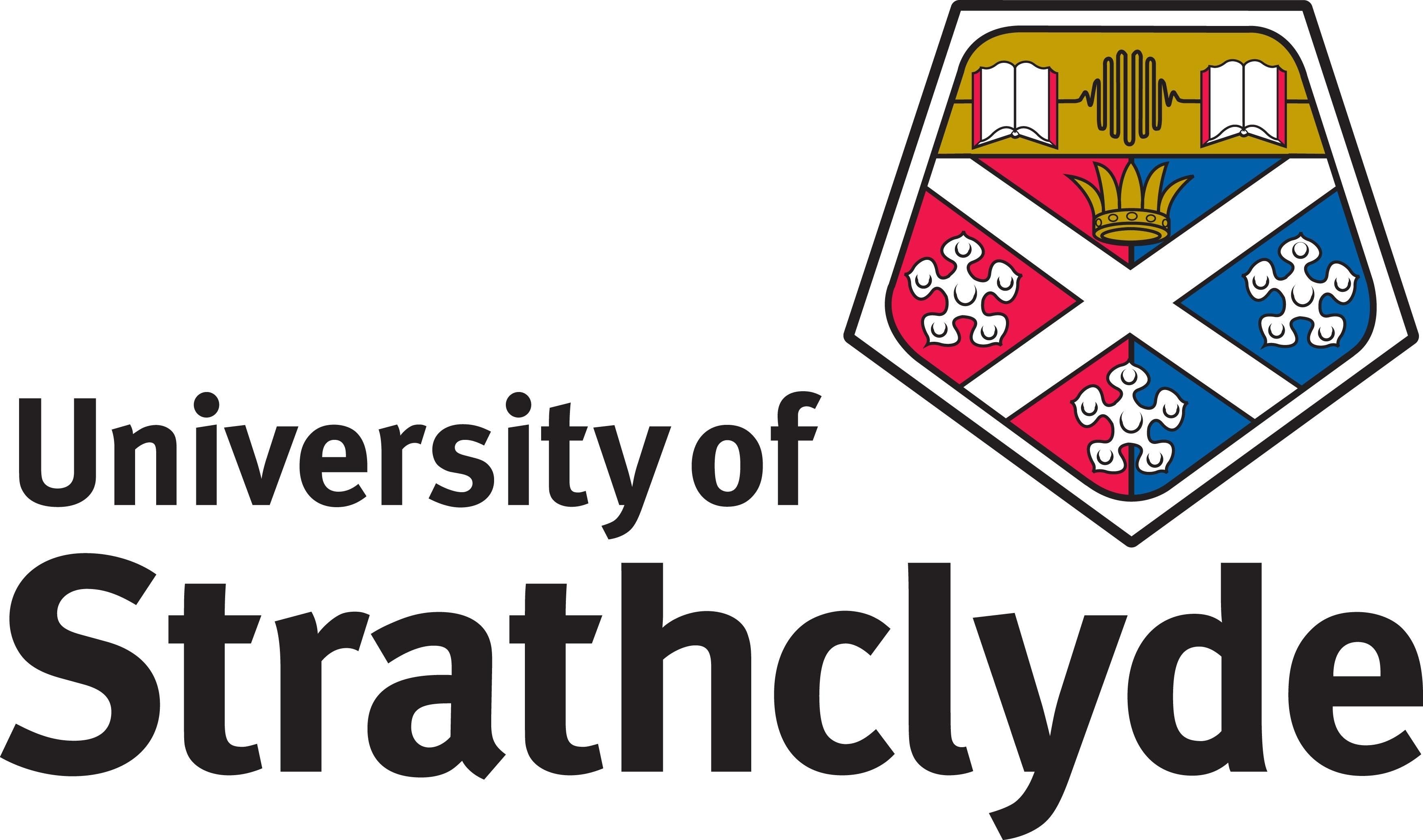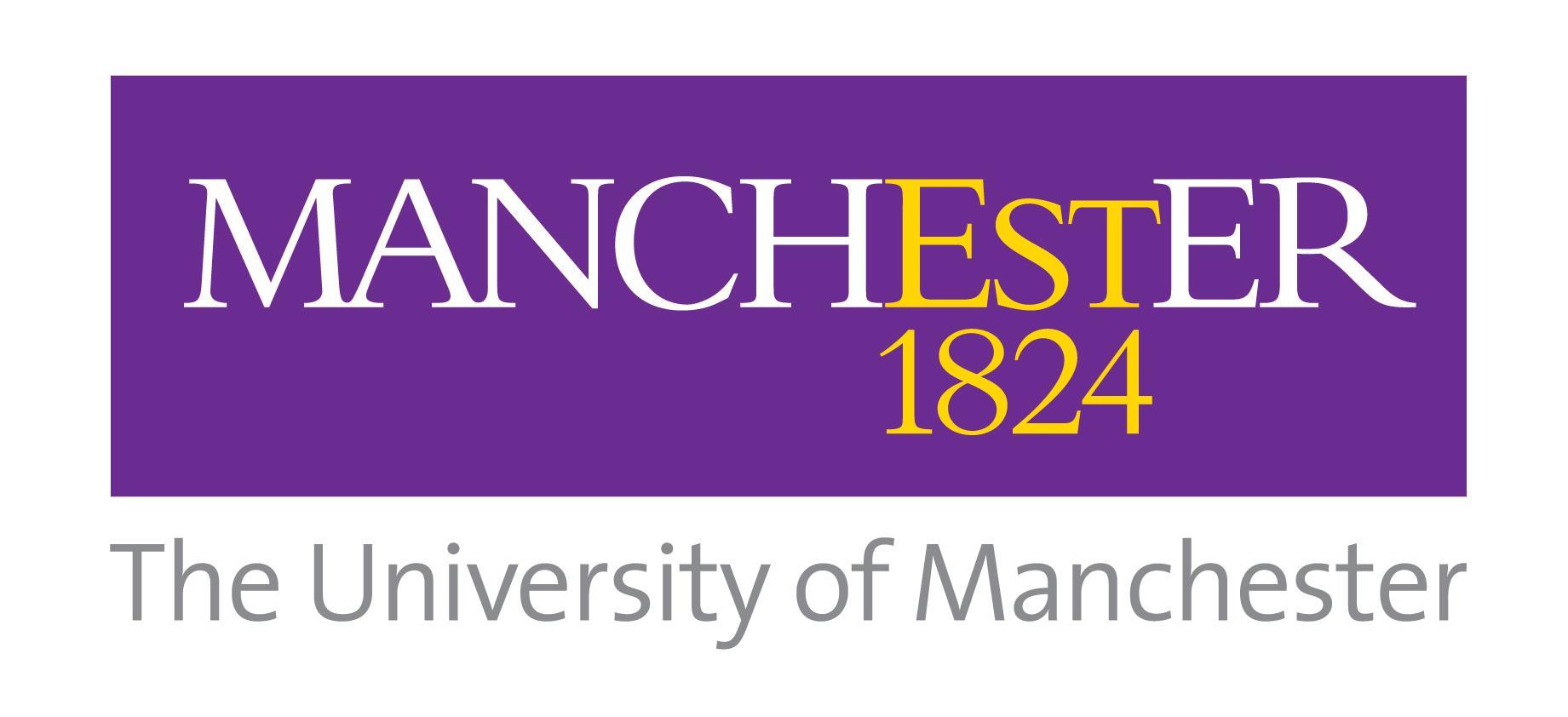The project
This project addresses cost reduction in mooring/anchoring which is highlighted as an important research priority for floating wave and wind energy. Anchor sharing, by reducing the number of installed anchors, reduces capital expenditure of floating ORE farms that require hundreds of anchorages.
The goal of this project is to identify a method for shared anchor geometry optimisation and develop new design guidance to unlock performance gains. This will be achieved by answering two fundamental questions:
- What threshold level of upwards cyclic load can be sustained without significant ratcheting?
- How does the stress history of vertical-lateral load interactions affect the capacity?
To address these questions, and create a framework for design solutions, this project will identify realistic shared-type loading and use a geotechnical centrifuge to apply these to caisson anchors in dense sand, representative of UK and European seabeds. Additional data from pressure sensors and X-ray tomography of the centrifuge samples alongside element level cyclic direct shear tests (CDSS) will be combined to study the fundamental mechanisms underlying the anchor-scale behaviour. A predictive framework for capacity variations and ratcheting quantification will be developed to create V-H failure envelopes combined with cyclic degradation/enhancement diagrams, extending current practice.
Dr Benjamin Cerfontaine - Principal Investigator
Benjamin Cerfontaine is a lecturer in geotechnical engineering at the University of Southampton within Engineering and Physical Sciences. He is a geotechnical engineer, specialised in environmental geotechnics and the development of ground-related solutions to foster renewable energy development. He has mainly worked on foundations for offshore wind or wave renewable energy devices, but also on geotechnical aspects of shallow geothermal energy or pumped-storage hydroelectricity.
His main goal is to foster innovative geotechnical solutions (foundation, design methods, probing…) based on an improved understanding of the fundamental behaviour of geomaterials. He is particularly interested in complex loading of soils, for instance induced by the cyclic loading of foundations or rotary installation of piles. His background is a mix of advanced numerical modelling (FEM, DEM) and physical modelling (centrifuge) whose combination enables an insightful understanding of geomaterial and foundation behaviour.
